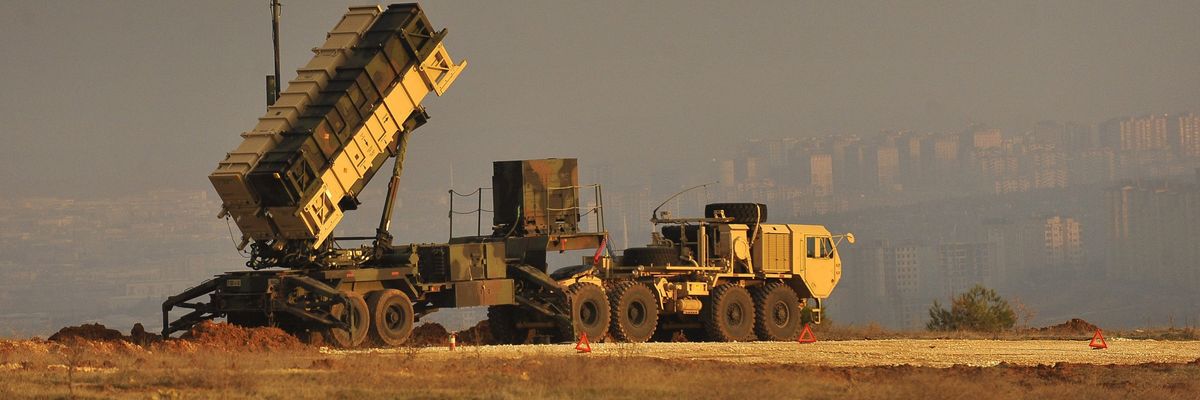The U.S. is removing Patriot anti-missile systems from Saudi Arabia as part of a broader drawdown of its military capacity placed there to counter Iran. While the military characterized the move as part of a planned withdrawal that reflects the view that Iran now poses less of a threat, the news has prompted debate over the timing of the decision.
In general, the Trump administration and especially Secretary of State Mike Pompeo have repeatedly emphasized the danger to regional security posed by Iran. To suddenly acknowledge that the Islamic Republic is less of a threat than it was previously portrayed to be appears to undermine the case that hawks like Pompeo and Special Representative for Iran Brian Hook have made, that the U.S. needs to maintain a posture of heightened vigilance and even pre-emptive aggression in order to deter military actions by Iran. Tensions between Iran and the U.S. remain high, which was why the reduction of U.S. military presence in Saudi Arabia prompted speculation among observers. Given Trump’s transactional approach to policymaking and his tendency for showmanship, the assertion that the decision merely reflects the need for maintenance of the Patriot system seems incomplete.
One interpretation reads that the Trump administration feels that Saudi Arabia needs to be reminded that its enjoyment of U.S.-guaranteed security is predicated on its adherence to America's oil price preferences. Reuters revealed that Saudi Crown Prince Mohammed bin Salman agreed to cut Saudi oil production after Trump called to say that he would otherwise be unable to prevent a bill sanctioning Saudi Arabia from being introduced by representatives of oil producing states, most of whom are Republicans. Although MBS did agree to cut production, Trump may have felt that the Crown Prince would benefit from a reminder of his kingdom’s dependence on the U.S. military umbrella.
Alternatively, Trump just issued the seventh veto of his presidency in order to defeat a bi-partisan bill that would have required him to gain Congressional approval before launching military action against Iran. Although Trump was unwilling to acknowledge any limit to his executive authority, the drawdown of the U.S. military presence in Saudi Arabia may serve to reassure members of Congress, especially Trump’s GOP allies, that they need not fear his belligerence against Iran.
One final interpretation of the decision to reduce U.S. military capacity in Saudi Arabia takes the opposite view: that it could be intended to tempt the Iranians into a military action that would justify a more robust response from the United States. As explained by officials quoted in the Wall Street Journal article, the build-up of U.S. forces in Saudi Arabia was undertaken in response to attacks on Saudi oil facilities in September 2019 that Riyadh and Washington blamed on Iran. However, Iran has generally avoided escalation, even following the killing of Qassem Soleimani in early January, the “unprofessionalism” of Iranian boat captains notwithstanding. Hawks within the Trump White House have maintained that they view the Iranian regime as weak and near collapse and may hope that reducing U.S. forces could tempt Tehran into more aggressive moves that would justify an intimidating U.S. military response.
The drawdown of U.S. military presence in the Middle East, and especially from Saudi Arabia, is a welcome development. However, given this administration’s track record of belligerence towards Iran and its transaction approach towards even its closest security partners, it is hardly surprising that the timing of the move is provoking considerable speculation.














